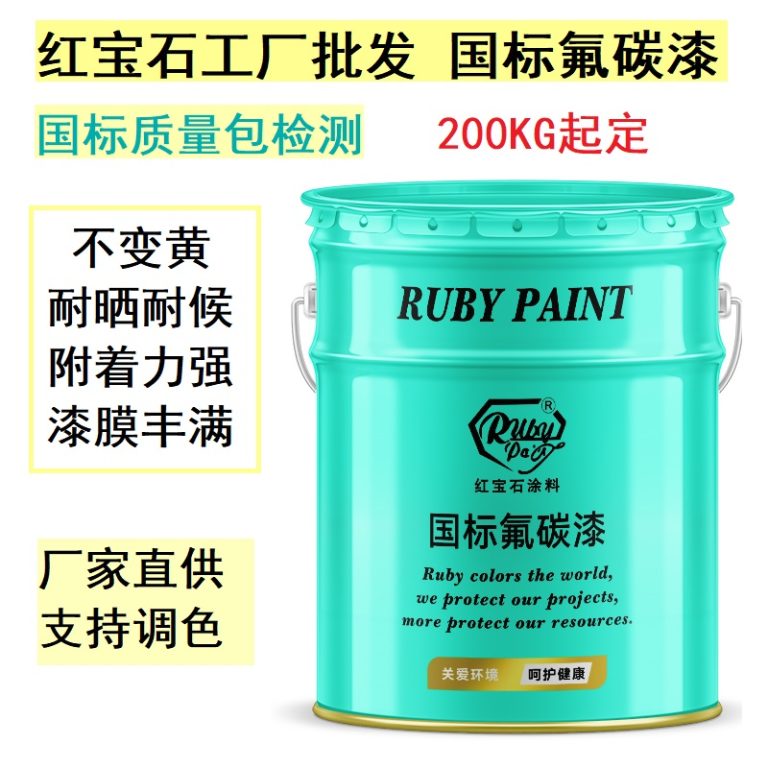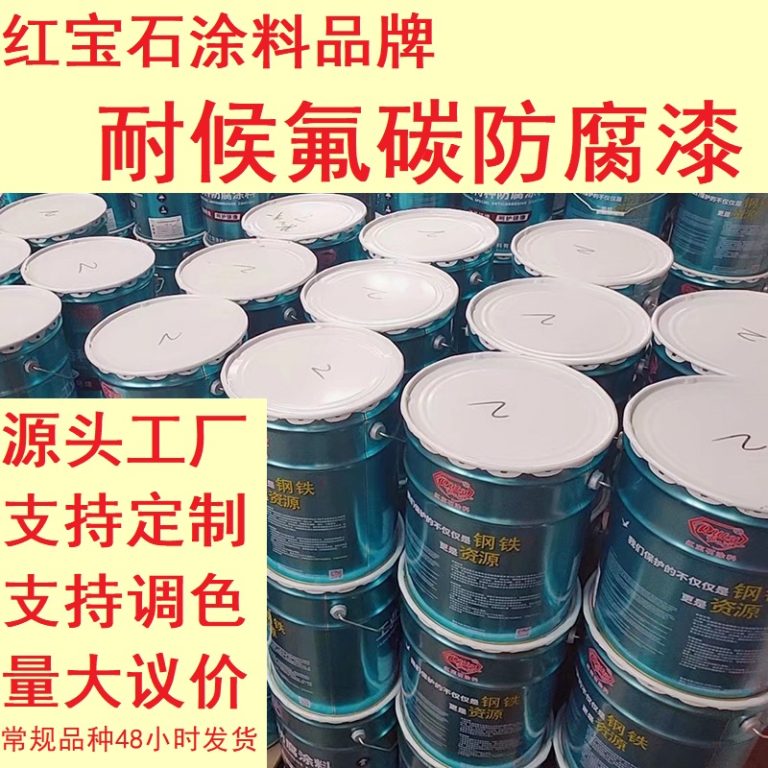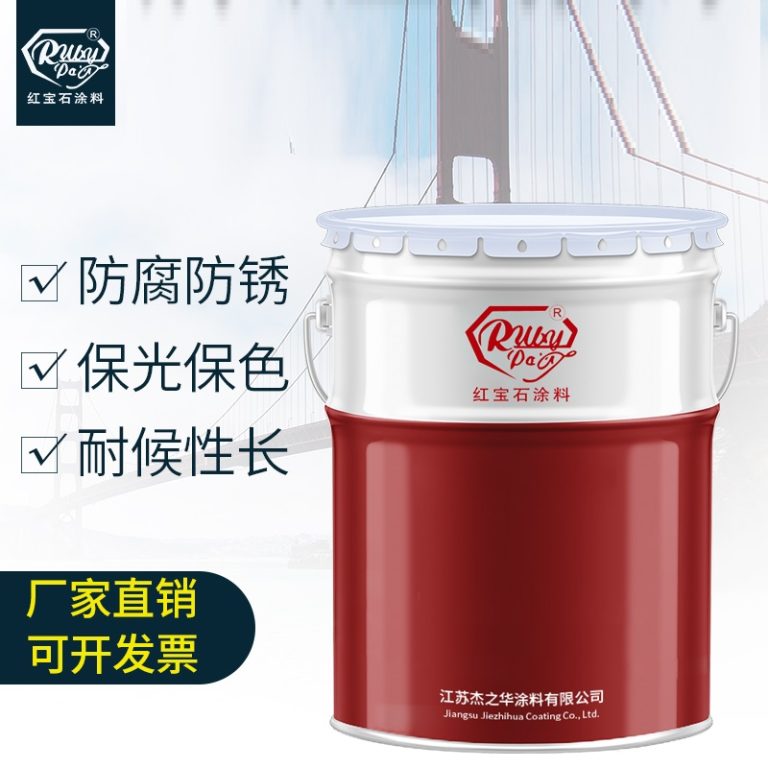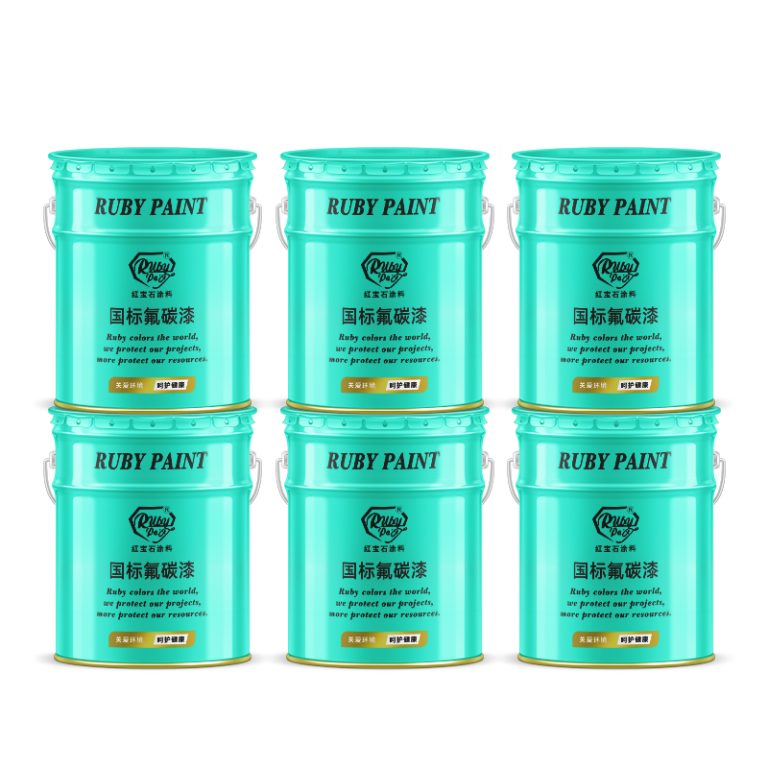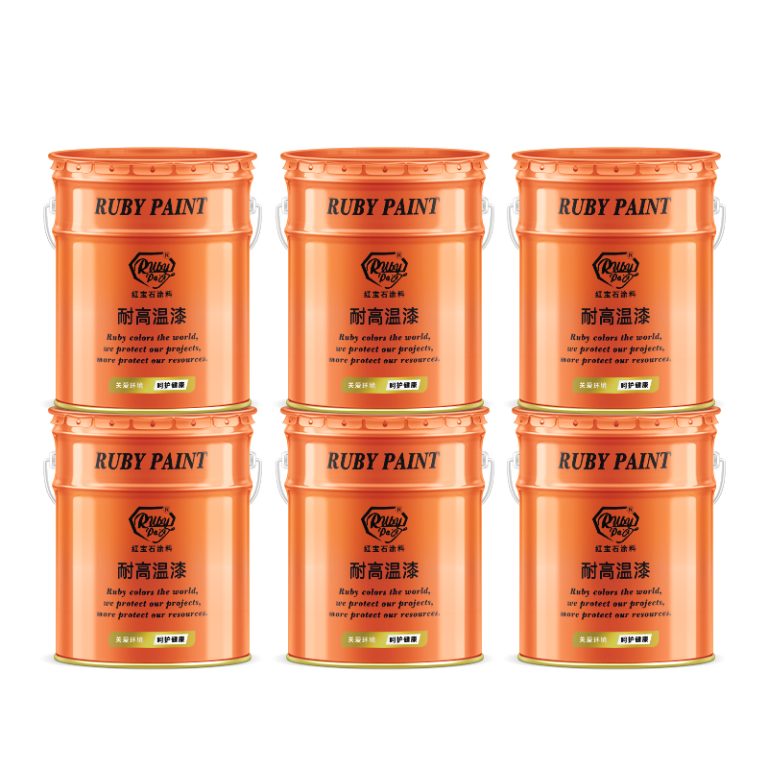Table of Contents
Benefits Of Using Epoxy Paint For Metal Surfaces
Epoxy paint is a type of coating that is commonly used on metal surfaces to provide a durable and protective finish. This paint is made from a combination of epoxy resin and a hardening agent, which, when mixed together, create a chemical reaction that results in a tough, long-lasting coating. Epoxy paint is known for its excellent adhesion properties, making it an ideal choice for metal surfaces that are exposed to harsh environmental conditions.
| Serial Nr. | Commodity Name |
| 1 | Epoxy Zinc rich paint |
One of the primary benefits of using epoxy paint for metal surfaces is its exceptional durability. The chemical reaction that occurs during the curing process creates a strong bond between the paint and the metal surface, resulting in a coating that is resistant to chipping, cracking, and peeling. This makes epoxy paint an excellent choice for metal surfaces that are subject to heavy wear and tear, such as industrial machinery, automotive parts, and outdoor furniture.
In addition to its durability, epoxy paint also provides excellent protection against corrosion. The paint forms a barrier that prevents moisture and other corrosive elements from coming into contact with the metal surface. This is particularly important for metal surfaces that are exposed to harsh weather conditions or are in contact with chemicals that can cause corrosion. By using epoxy paint, you can extend the lifespan of your metal surfaces and reduce the need for costly repairs or replacements.
Another benefit of using epoxy paint for metal surfaces is its aesthetic appeal. Epoxy paint is available in a wide range of colors and finishes, allowing you to customize the appearance of your metal surfaces to suit your preferences. Whether you prefer a glossy finish for a sleek, modern look or a matte finish for a more understated appearance, epoxy paint can provide the desired effect. Additionally, the paint can be easily cleaned and maintained, ensuring that your metal surfaces continue to look their best over time.
Epoxy paint is also environmentally friendly, as it contains low levels of volatile organic compounds (VOCs). VOCs are harmful chemicals that can contribute to air pollution and pose health risks to humans and animals. By using epoxy paint, you can reduce your environmental impact and create a safer environment for yourself and others.
Furthermore, epoxy paint is relatively easy to apply, making it a convenient option for both professional and DIY projects. The paint can be applied using a brush, roller, or spray gun, depending on the size and complexity of the surface. Once applied, the paint dries quickly, allowing you to complete your project in a timely manner.
In conclusion, epoxy paint is an excellent choice for metal surfaces due to its durability, corrosion resistance, aesthetic appeal, environmental friendliness, and ease of application. By using epoxy paint, you can protect your metal surfaces from damage, enhance their appearance, and extend their lifespan. Whether you are working on an industrial project or a home improvement project, epoxy paint can provide the results you need to achieve a high-quality finish that will stand the test of time.
How To Apply Epoxy Paint On Metal Objects
Epoxy paint is a type of coating that is commonly used on metal surfaces to provide a durable and protective finish. It is made up of two components: a resin and a hardener, which when mixed together, create a chemical reaction that results in a tough, long-lasting coating. Epoxy paint is known for its resistance to chemicals, abrasion, and corrosion, making it an ideal choice for metal objects that are exposed to harsh conditions.
Applying epoxy paint on metal objects requires careful preparation and attention to detail to ensure a smooth and even finish. The first step in the process is to thoroughly clean the metal surface to remove any dirt, grease, or rust. This can be done using a wire brush, sandpaper, or a chemical rust remover. It is important to ensure that the surface is completely clean and free of any contaminants that could interfere with the adhesion of the paint.
Once the surface is clean, it is recommended to apply a primer specifically designed for use with epoxy paint. This will help to improve the adhesion of the paint and provide a more uniform finish. The primer should be applied in a thin, even coat and allowed to dry completely before proceeding with the application of the epoxy paint.
When mixing the epoxy paint, it is important to follow the manufacturer’s instructions carefully. The resin and hardener must be mixed in the correct proportions and stirred thoroughly to ensure a complete reaction. Once mixed, the epoxy paint should be used within the specified pot life, as it will begin to harden and become unusable after a certain period of time.
The epoxy paint can be applied using a brush, roller, or spray gun, depending on the size and shape of the metal object. It is important to apply the paint in thin, even coats to avoid drips and runs. Multiple coats may be necessary to achieve the desired level of coverage and protection. Each coat should be allowed to dry completely before applying the next.
After the final coat of epoxy paint has been applied, it is important to allow the paint to cure fully before putting the metal object back into use. The curing time can vary depending on the temperature and humidity, but it is typically between 24 and 48 hours. Once cured, the epoxy paint will provide a hard, glossy finish that is resistant to chemicals, abrasion, and corrosion.
In conclusion, epoxy paint is an excellent choice for protecting metal objects from harsh conditions. By following the proper preparation and application techniques, you can achieve a durable and long-lasting finish that will keep your metal objects looking great for years to come. Remember to always follow the manufacturer’s instructions and take the necessary safety precautions when working with epoxy paint.
Comparison Between Epoxy Paint And Other Metal Coatings
Epoxy paint for metal is a specialized coating that provides superior protection and durability compared to other metal coatings. It is a two-part system consisting of an epoxy resin and a hardener that, when mixed together, create a chemical reaction resulting in a tough, long-lasting finish. This type of paint is known for its excellent adhesion, resistance to corrosion and chemicals, and ability to withstand harsh environmental conditions. It is commonly used in industrial and commercial settings, such as on machinery, equipment, and structural steel.
When comparing epoxy paint to other metal coatings, several key differences become apparent. One of the most popular alternatives to epoxy is alkyd paint, which is an oil-based coating. Alkyd paint is easier to apply and generally less expensive than epoxy. However, it does not provide the same level of protection. Alkyd coatings are more susceptible to fading, chalking, and degradation from UV exposure. They also have a slower curing time and are not as resistant to chemicals and abrasion as epoxy paints.
Another common metal coating is enamel paint, which offers a hard, glossy finish. While enamel can be quite durable and resistant to mild chemicals, it does not perform as well as epoxy in industrial environments where exposure to harsh chemicals and extreme temperatures is common. Enamel coatings can also become brittle over time, leading to cracking and chipping.
Polyurethane coatings are another option, known for their excellent UV resistance and glossy finish. These coatings are more flexible than epoxy, making them less prone to cracking under stress. However, polyurethane is generally more expensive and can be more difficult to apply correctly. It also does not adhere as well to metal surfaces as epoxy, potentially leading to issues with delamination.
Transitioning to the benefits of epoxy paint, it is clear that this type of coating offers a superior level of protection for metal surfaces. Epoxy creates a barrier that is impervious to moisture, preventing rust and corrosion. It also resists staining and can handle exposure to a wide range of chemicals without degrading. Additionally, epoxy paint is known for its durability, maintaining its appearance and protective qualities for many years without the need for frequent touch-ups or recoating.
| Serial Number | Products |
| 1 | Fluoracarbon finish paint |
In terms of application, epoxy paint requires careful preparation of the metal surface, including cleaning and possibly sanding to ensure good adhesion. The two components of the paint must be mixed in the correct proportions and applied quickly before the mixture begins to cure. While this can make the application process more challenging than with some other coatings, the superior performance of epoxy makes it worth the extra effort for many projects.

In conclusion, when choosing a coating for metal surfaces, it is important to consider the specific needs of the project and the environment in which the metal will be used. For settings that require maximum protection against corrosion, chemical exposure, and wear, epoxy paint is an excellent choice. Its unparalleled durability and resistance to harsh conditions make it a preferred option for industrial and commercial applications, despite the more involved application process and higher initial cost compared to other metal coatings.

